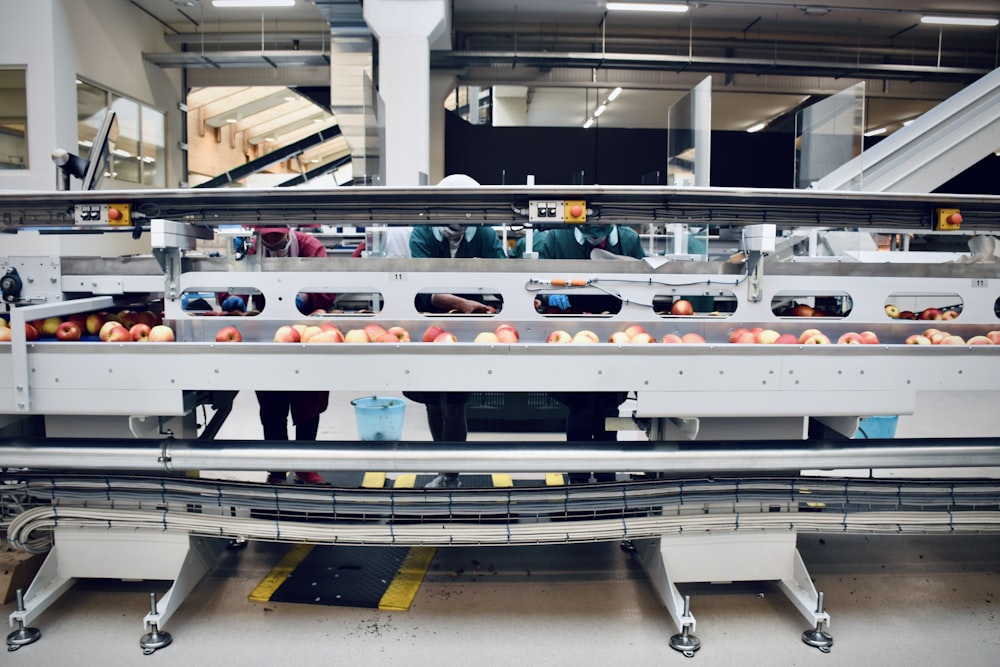
Mastering Inventory Control A Practical Guide
Understanding Your Inventory
Before you can control your inventory, you need a deep understanding of what you have. This means more than just knowing the quantity of each item. You need to understand your inventory’s value, its turnover rate (how quickly items sell), and its storage costs. Accurate data is critical. This requires regular stock counts, ideally using a barcode or RFID system for efficient tracking. Knowing your inventory’s composition helps you identify slow-moving items and potential dead stock, allowing for strategic adjustments.
Implementing an Inventory Management System
Manually tracking inventory is inefficient and prone to errors. An inventory management system (IMS), whether a simple spreadsheet or a sophisticated software solution, is crucial for effective control. These systems automate tasks like tracking stock levels, generating reports, and managing orders. Choosing the right system depends on your business size and complexity. Consider factors like scalability, integration with other systems (like your point-of-sale system), and user-friendliness. A well-chosen IMS can significantly reduce errors and improve efficiency.
Forecasting Demand Accurately
Accurate demand forecasting is the cornerstone of effective inventory control. Predicting future demand allows you to order the right amount of stock at the right time, avoiding both stockouts and excessive inventory. Several forecasting methods exist, from simple moving averages to more sophisticated statistical models. The best method will depend on your business’s data and the nature of your products. Consider historical sales data, seasonal trends, and external factors that might influence demand. Regular review and refinement of your forecasting methods are crucial.
Optimizing Ordering and Reordering Processes
Establishing clear ordering and reordering procedures is key to maintaining optimal stock levels. This involves setting reorder points (the stock level at which you need to place a new order) and lead times (the time it takes for your supplier to deliver the order). Efficient ordering minimizes stockouts and reduces storage costs. Consider using automated reordering systems integrated with your IMS to streamline the process and prevent manual errors. Regularly review your ordering process to identify areas for improvement and adapt to changing demand.
Managing Slow-Moving and Obsolete Inventory
Inevitably, you’ll have some slow-moving or obsolete inventory. This ties up capital and takes up valuable storage space. Strategies for managing this include price reductions, promotional offers, or finding alternative uses for the products. In some cases, it may be necessary to write off obsolete inventory as a loss. Regular analysis of your inventory helps identify these items early, allowing you to take proactive steps before they become a significant problem. Consider implementing a system for regularly reviewing slow-moving items and setting clear criteria for disposal.
The Importance of Regular Stock Takes and Audits
Regular stock takes are essential for verifying inventory accuracy. They allow you to compare your recorded stock levels with physical counts, identifying discrepancies and correcting errors. These discrepancies can stem from various sources, including theft, damage, or inaccurate recording. Regular audits also help ensure the effectiveness of your inventory management system and identify areas for improvement. The frequency of stock takes will










